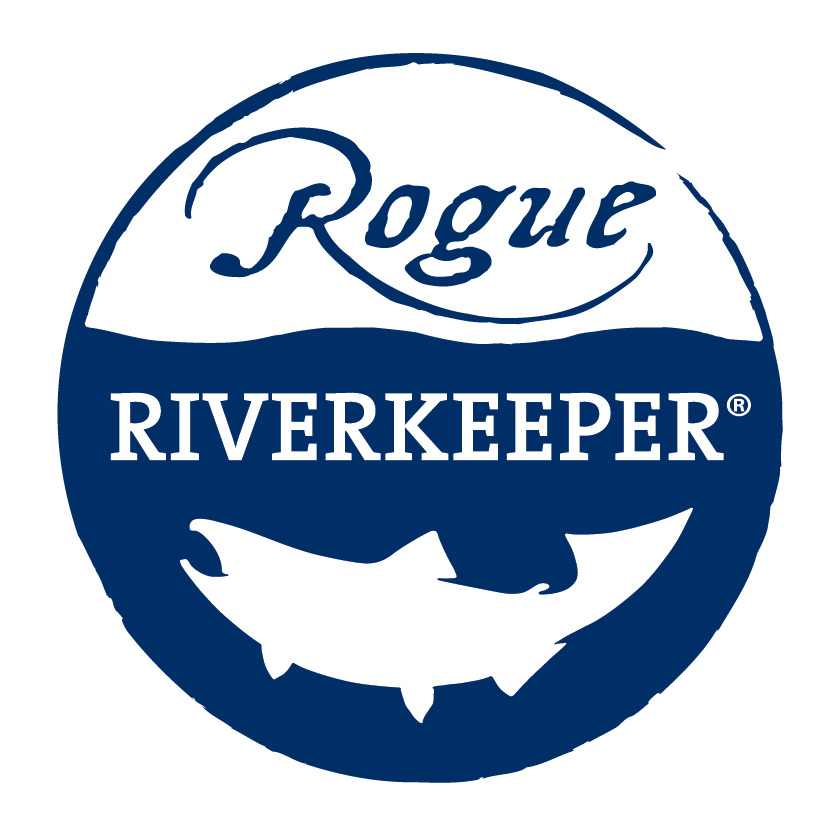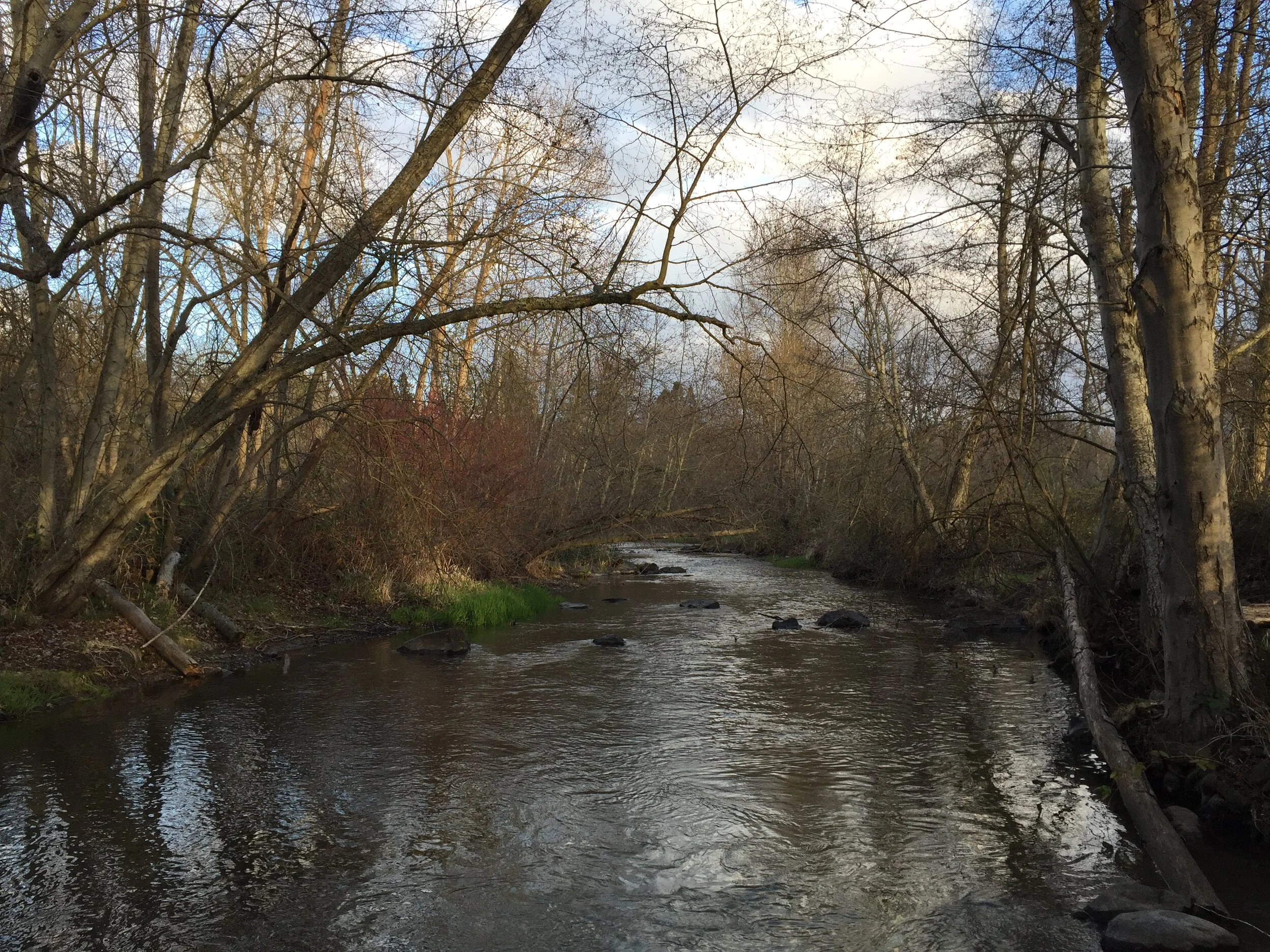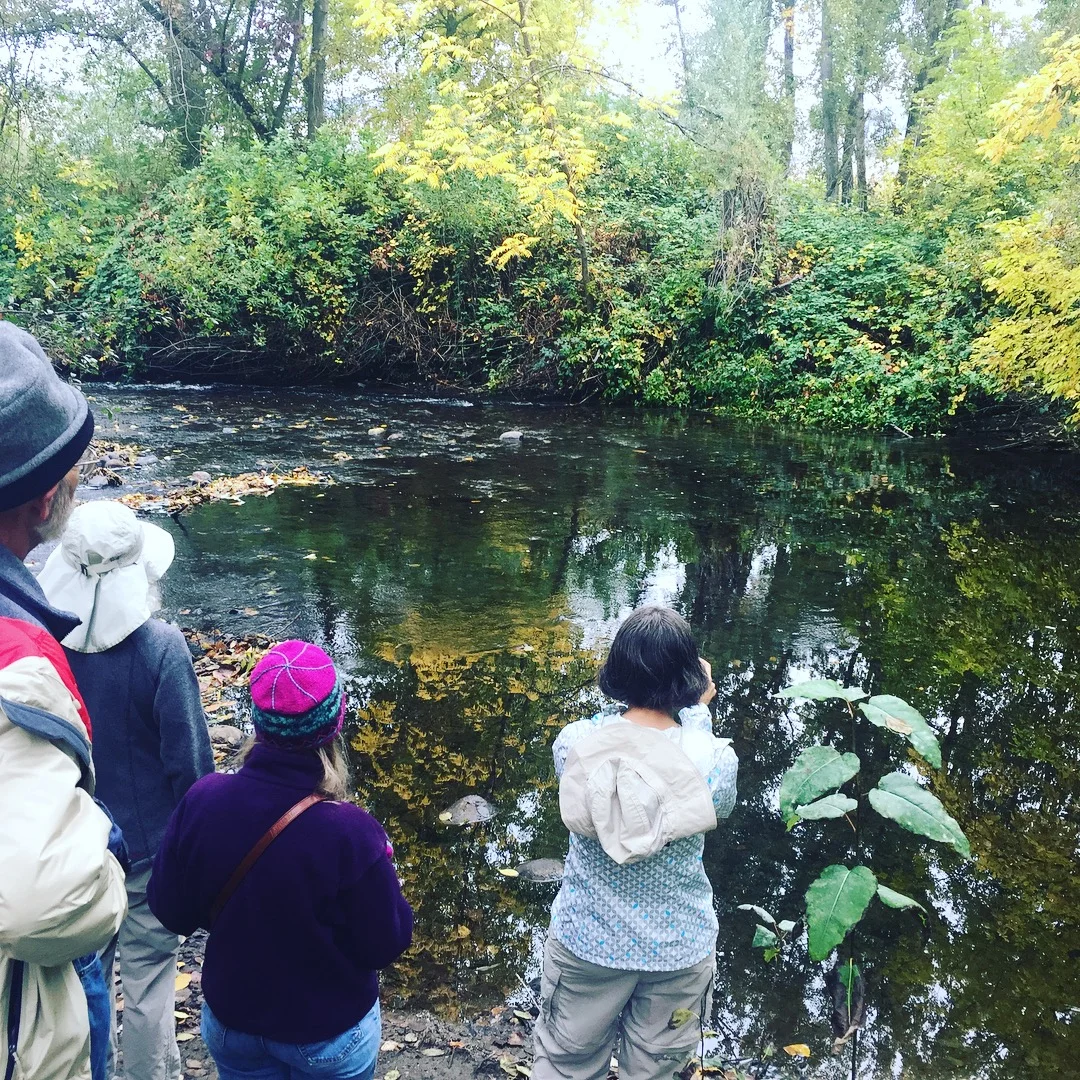The Swim Guide
Have you ever wondered if your favorite stream, lake,
or swimming hole is safe for swimming?
You can easily check to see if some of your favorite swimming and boating spots meet the recreational water quality standard at our Swim Guide page.
Each summer, Rogue Riverkeeper works with volunteers to collect water samples at popular recreation sites across the region to test for bacterial contamination. We compare the level of bacteria at our sampling sites with the Oregon recreational water quality standard to see if local waterways are violating the standard for water contact.
What do we test for?
We collect water samples at each site and test for the presence of E. coli, a type of bacteria that is found in the intestines of warm-blooded animals. Levels of E. coli are used as the standard because E. coli indicates the presence of pathogens that can cause gastrointestinal illnesses and make people sick.
Where do we test?
We monitor water quality throughout the summer (June through September) at approximately 20 different sites throughout the Rogue basin. Rogue Riverkeeper works with citizen science volunteers and coordinates with partners including the City of Ashland and the Lower Rogue Watershed Council to collect water samples at all of our sites. Many of our sites are monitored weekly, so check in with Swim Guide to stay up-to-date on current conditions.
What do the results mean?
After collecting and processing the water samples, we compare the measured level of E. coli with the Oregon recreational water quality standard. This is a limit on the amount of bacteria that can be in a river or stream that is established by the Oregon Department of Environmental Quality (DEQ) based on the advice of scientists to protect public health. If the sample surpasses the standard, it is not considered safe for water contact like swimming and boating.
Download the Swim Guide app to check the water quality of your summer swimming site!
2023 Water Quality Monitoring
Our 2023 Water Quality Monitoring Program concluded in September, and the results? Mostly optimistic! We tested numerous waterways and recreational spots for E. coli, Oregon's standard for water contact safety. Most sites received a thumbs-up with minimal signs of fecal contamination from warm-blooded animals—a potential indicator of pathogens. However, there was one notable outlier: Little Butte Creek. Click the image to the right to see the water quality report card in greater detail.
Thanks to the help of our intern and volunteers, we have published accurate weekly water quality results for places like Emigrant and Applegate Lakes, the Illinois River and of course, the Rogue and many of its tributaries so you know where it is safe to swim.
-
This year’s results show a continuous pattern in our region. Usually, the main arm of the Rogue River has water that is safe for swimming. This is largely because it receives a lot of dilution by high-quality water from surface sources (such as streams) and groundwater (such as springs and wetlands). However, there are many small streams in our region that regularly have high levels of bacterial contamination.
Click here to see our full report card for the 2022 collection season.
-
As drought conditions continue to worsen year after year, it is more important than ever to pay attention to water quality and quantity in select sensitive waterways in the Rogue Valley. In 2021, many sites measured passed, but a few popular sites did not pass. Click here or here to see the 2021 Water Quality Report Card.
-
The Rogue Basin Water Quality Report Card highlights the results of our 2020 water quality monitoring program where we tested for bacteria pollution across 14 sites in the Rogue watershed. Every summer from June to September, Rogue Riverkeeper collects water samples at popular recreation sites to test for the presence of E. coli bacteria to determine whether the samples meet the state water quality standard for human contact. The information is uploaded onto The Swim Guide site each week, so you can check the water quality at your favorite recreation sites. Click here to see the full 2020 Water Quality Report Card.
-
The Report Card highlights the results of the 2019 water quality monitoring season testing for bacteria pollution across 22 sites in the Rogue watershed. While the majority of sites tested reveal waters safe for human contact, we monitored several sites that either failed to meet water contact standards or performed below average. Waterways that tested high for levels of E. Coli bacteria contamination were most often close to urban areas - these sites include Little Butte Creek through Eagle Point, Bear Creek and Baby Bear Creek at Bear Creek Park, and Wagner Creek in Talent. Click here to see a full report of the 2019 water quality monitored.
We need volunteers!
We are always in need of volunteers to help us with our water quality program. If you love to visit your local waterways, have some free time during the summer, and are interested in learning more about water quality issues in the Rogue Basin, volunteer today!














